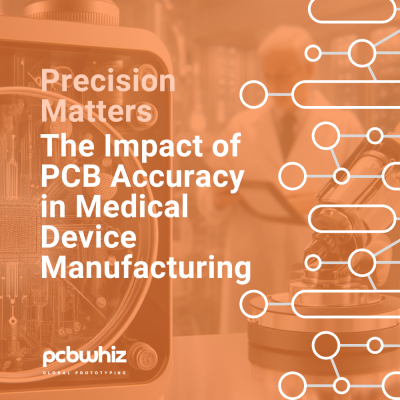The Impact of PCB Accuracy in Medical Device Manufacturing
Martin Huang
Posted on June 7, 2024
In the field of medical device manufacturing, precision and accuracy are of utmost importance. Every component and subsystem must perform flawlessly to ensure the safety and effectiveness of medical devices. Printed Circuit Boards (PCBs) play a critical role in medical device functionality, making PCB accuracy a vital factor in the manufacturing process. In this article, we will explore the significance of PCB accuracy in medical device manufacturing and its impact on patient care.

PCB Accuracy and Medical Device Performance
Medical devices are intricate systems that rely on the precise operation of numerous electronic components. PCBs act as the foundation for these components, providing the necessary interconnections and electrical pathways. Any deviation from the required accuracy can have severe consequences on the overall performance of the medical device. From diagnostic equipment and patient monitoring devices to implantable devices and surgical instruments, PCB accuracy directly impacts the reliability, functionality, and safety of medical devices.
Ensuring Signal Integrity
Signal integrity is a critical aspect of medical device performance. PCB accuracy plays a pivotal role in maintaining signal integrity by minimizing signal loss, distortion, and crosstalk. Inaccurate PCBs can introduce impedance mismatches, leading to signal degradation and erroneous readings. This can be particularly problematic in devices such as electrocardiograms (ECGs), where accurate signal transmission is crucial for diagnosing cardiac conditions. By achieving high PCB accuracy, medical device manufacturers can enhance signal integrity and improve the accuracy of diagnostic readings.
Component Placement and Miniaturization
Medical devices are becoming increasingly compact and sophisticated, requiring precise component placement on PCBs. Accuracy in component placement is crucial to ensure proper electrical connections and avoid interference between components. Miniaturization trends in medical devices demand higher levels of precision to accommodate smaller components and finer pitch packages. By achieving accurate PCB layouts, manufacturers can optimize space utilization, minimize signal interference, and enable the production of compact and portable medical devices.
Reliability and Lifecycle Considerations
Reliability is a paramount consideration in medical device manufacturing. PCB accuracy directly influences the reliability and lifecycle of medical devices. Inaccurate PCBs may result in poor solder joints, weak electrical connections, and premature component failure. In medical devices used for critical applications, such as pacemakers or defibrillators, any failure can have life-threatening consequences. By maintaining high levels of PCB accuracy, manufacturers can improve the reliability and durability of medical devices, minimizing the risk of malfunctions or device failures during critical medical procedures.
Regulatory Compliance
The medical device industry is subject to strict regulatory requirements to ensure patient safety and product efficacy. Regulatory bodies such as the U.S. Food and Drug Administration (FDA) and the European Medicines Agency (EMA) impose stringent standards on medical device manufacturers. PCB accuracy is a crucial aspect of compliance with these regulations. Manufacturers must demonstrate that their PCB designs meet the required accuracy and reliability standards to obtain regulatory approvals. Failure to comply with these standards can result in product recalls, legal repercussions, and damage to the manufacturer's reputation.
Collaboration and Expertise
Achieving high PCB accuracy in medical device manufacturing requires collaboration between design engineers, PCB manufacturers, and medical device manufacturers. Design engineers must clearly communicate their requirements to PCB manufacturers, who possess the expertise and technology to produce accurate and reliable PCBs. Collaborating with experienced PCB manufacturers who understand the unique challenges of medical device manufacturing is crucial. Their knowledge of material selection, manufacturing processes, and quality control measures can significantly enhance PCB accuracy and overall medical device performance.
Testing and Quality Assurance
Achieving high PCB accuracy in medical device manufacturing requires collaboration between design engineers, PCB manufacturers, and medical device manufacturers. Design engineers must clearly communicate their requirements to PCB manufacturers, who possess the expertise and technology to produce accurate and reliable PCBs. Collaborating with experienced PCB manufacturers who understand the unique challenges of medical device manufacturing is crucial. Their knowledge of material selection, manufacturing processes, and quality control measures can significantly enhance PCB accuracy and overall medical device performance.
Conclusion
In the realm of medical device manufacturing, precision and accuracy are paramount. PCB accuracy directly influences the performance, reliability, and safety of medical devices. Ensuring signal integrity, precise component placement, and adherence to regulatory standards are vital considerations in achieving high PCB accuracy. Collaboration between design engineers and experienced PCB manufacturers, along with rigorous testing and quality assurance measures, is crucial in the pursuit of accurate and reliable PCBs for medical devices.
As medical technology advances and the demand for highly accurate and reliable medical devices continues to grow, the importance of PCB accuracy will only increase. By recognizing the impact of PCB accuracy and embracing best practices, manufacturers can enhance patient care, improve medical device performance, and contribute to advancements in healthcare.
Stay tuned for more in-depth discussions on PCB design and manufacturing best practices as we delve into the fascinating world of precision and accuracy in various industries and applications.
Keep Reading...

Unleashing Efficiency: How PCB Optimization Transforms Energy Use
In einer Welt, in der Energieeinsparung und Nachhaltigkeit von größter



